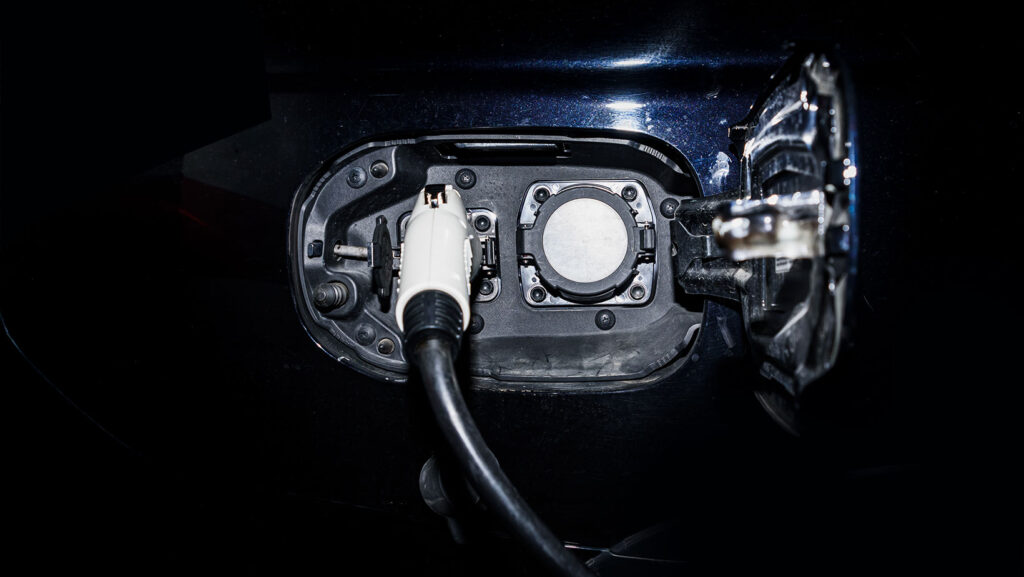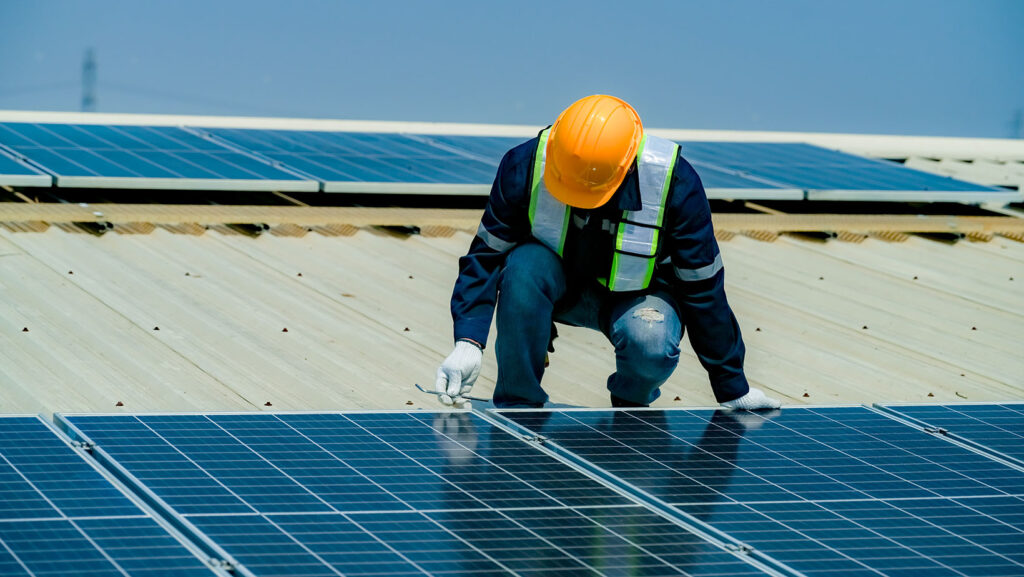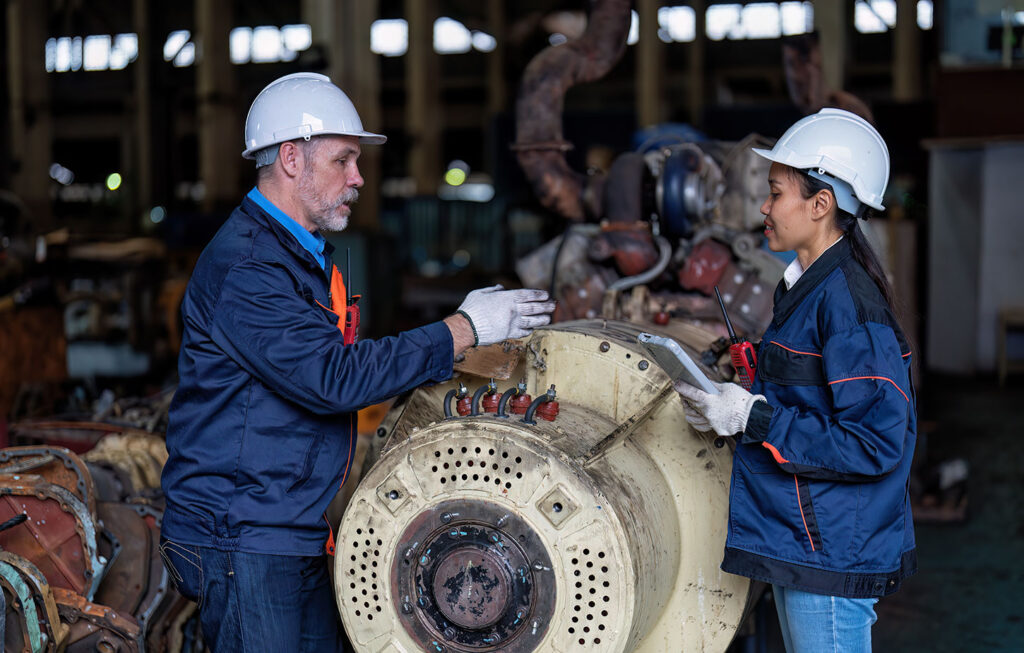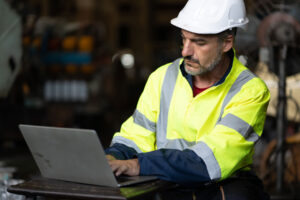
While the future has some degree of uncertainty, there is much we can glean from past trends in the barge industry. It is particularly helpful to review what has happened in the world of inland marine transport in 2024 and the last few years to speculate about what is likely to occur in the near future.
The barge industry has been growing and is expected to stay on that trajectory, according to the Barge Transportation Global Market Report. The report predicts that the barge transportation market will grow at a compound annual growth rate (CAGR) of 4.7% to $166 billion in 2028 worldwide. This continuing growth spurt is attributed mostly to the ongoing rise in e-commerce and international trade.
As the barge industry continues to flourish, it will continue to adapt to the changing world in a number of ways. Below we’ll look at some of the major trends and changes that are expected to continue through 2025 and beyond.

Continued Spread of Electrification in the Barge Industry
The past few years have seen a surge in the implementation of electrification technologies in the marine industry. These technologies generally come in the form of either fully electrified barges or hybrid solutions, which combine traditional diesel technology with electrification. For example, in 2023, Cargill introduced the first zero-emission electric barge with KOTUG International. Later that year, Kirby Inland Marine introduced the first plug-in diesel hybrid electric towboat in the U.S., the M/V Green Diamond, in Channelview, Texas.
It’s no surprise that barge companies are motivated to electrify their fleets. Electrification offers tangible operational benefits, including significant reduction in fuel costs, minimized downtime and maintenance, and improved operational performance. All of this is the cherry on top of the main benefit of reduced carbon emissions. Consequently, it is likely that electrification will continue to spread throughout the barge industry in 2025 and for years to come.

Streamlining Barge Operations with the Integration of AI
Over the last couple of years, AI has spread like wildfire, and the barge industry is not immune to its integration. Of course, this is not a bad thing. Barge companies can now overcome some of the industry’s biggest hazards through new functionalities made possible by AI. For example, intelligent vessel tracking and collision avoidance systems analyze data to detect potential vessel conflicts by leveraging machine learning algorithms to make predictions and issue warnings to barge operators.
The integration of AI systems presents the opportunity to streamline many barge operations, largely through automation. Automation is another growing AI trend in the barge industry that can take place at almost every level. Automation brings the potential to enhance how vessels perform complex navigation tasks, optimize routes, and increase fuel efficiency, all without concern for human error.
There is little doubt that the next year will see numerous advancements in the realm of AI and new ways to streamline operations in many industries, including the barge industry. And, as barge companies begin to see the value in AI integration, they will begin to implement these systems.

Ongoing Investments in Sustainability
Sustainability will continue to be a hot topic for the foreseeable future. Between the demand for lower emissions and navigating regulations like the Vessel General Permit (VGP), barge companies are well aware of the implications of climate change in the industry.
While some of the technologies geared toward sustainability are not likely to be usable in the near future, the U.S. co-led Zero-Emission Shipping Mission (ZESM) has a goal of making commercially-viable zero-emission ships that operate on zero-emission fuels the natural choice for ship owners when they renew their fleet by 2030. Missions like this will push for barge companies to try alternative fuel sources, like hydrogen, and to switch to electrified systems, as mentioned above. Other sustainable measures on the horizon might be a shift toward using shore power to reduce emissions.
Over the next year, the industry is likely to see more small changes in the way operations are performed.
Accidents can be prevented with the implementation of regular safety drills to give crew members the experience needed to respond to emergencies quickly and effectively.
Over the next year, the industry is likely to see more small changes in the way operations are performed. One example of this is the use of data analytics to make operations more efficient. This can reduce fuel waste and optimize routes for less time spent on the water without making any major changes to the vessel. Such measures can help reduce emissions while barge companies ready themselves for more extensive changes in the future.

Thinking Outside the Box to Combat Labor Shortages
Labor shortages continue to be an issue in the maritime industry. While automation can help to make some tasks quicker and easier, the industry still needs to find ways to attract and retain workers. In 2025, barge companies are going to have to get a little more creative with their tactics. The new generation of workers expects a better work-life balance, safer working conditions, and career development opportunities.
Attracting new barge transportation employees won’t be as simple as putting out a job ad. It will require reaching out through career fairs or similar programs and branding the industry with a newer image. Maritime jobs have a reputation of unsafe conditions and long hours. In order to attract employees, the industry will need to show a willingness to offer a better work-life balance and increased safety measures, as well as its embrace of new technology to streamline operations.
New efforts will need to be extended to retain employees too. This might involve investments in workforce advancement, training on new technologies to make employee tasks more efficient, and efforts to create more open and communicative work environments.

Improvements to Inland Marine Infrastructure
In 2021, the American Society of Civil Engineers came out with their Report Card for America’s Infrastructure, which rated America’s ports at a B- and its inland waterways at a D+. These are the ports and waterways that help transport 830 million tons of important cargo every year and the need for this infrastructure continues to grow. Consequently, many investments are being made to help reverse damage to the aging ports and inland marine infrastructure, including a $20 billion initiative from the U.S. government poised to transform American shipyards, enhance domestic crane production, and upgrade port facilities.
A number of improvements can be expected to continue through 2025, including the expansion of the Port of Mobile’s channels to accommodate increased traffic and projects to reduce flood risks and upgrade and modernize growing ports.

How BargeOps Helps Barge Companies Embrace Future Technologies
BargeOps is in the business of upgrading barge operations through the integration of new technologies. We are well aware of the potential of the barge industry when it embraces ways to streamline operations, reduce fuel consumption, and use its data effectively.
Let BargeOps help bring your barge company into 2025 with Onshore Fleet Management Software, VGP Compliance, and our analytics software. Contact us today to set up a demo.


